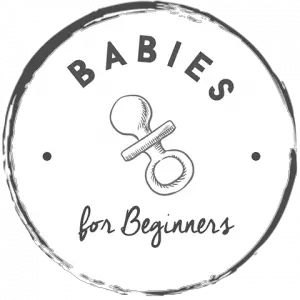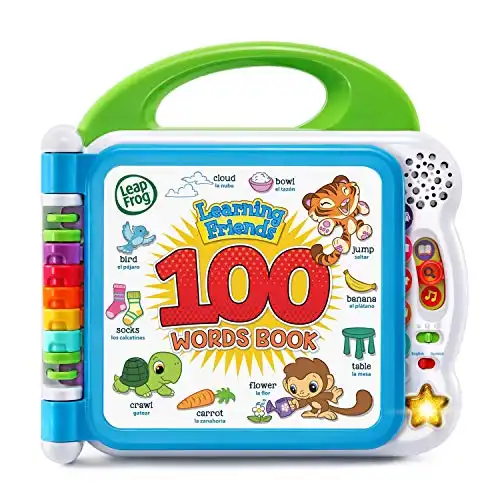Talking is a big milestone in a baby’s development (learn more about when a baby is supposed to talk here), but even if you’re baby is too young to begin talking just yet, there are several things you can do to encourage their speech development.
Here are some activities and games that you can do with your child to help them start talking:
1. Have an Ongoing Conversation With Your Child
Babies learn language by listening to the people around them. So, talk to your child as much as possible.
Even if there’s no chance they know what you are talking about, just listening to your speech is a good activity for them to learn language basics.
Describe what you’re doing, ask questions, and label objects and actions; anything to keep the conversation going.
2. Read Books To Your Baby
This one is a bit of a no-brainer since development experts have been studying and preaching the benefits of reading to young children for decades now, but it should be remembered.
Reading books to your child can help improve their language skills and vocabulary.
Point to the pictures, ask questions and make the sounds of animals and other objects.
3. Play with Word Toys
Playing with toys that repeat words and phrases, like electronic books or interactive toys, especially when you play together (so their interest is kept longer) will encourage your child to make noises with the toys and respond when they do.
One toy I recommend frequently now is the LeapFrog 100 Words Books. I recently bought the Learning Friends edition (there are a few editions, including Scout and Violet) for my one-year-old niece, and she loved it! The toy says words when she touches the picture, has music options, and gives facts about each picture. I will drop a link here.
Toys like this make words familiar, and repeatedly tieing words to specific items is invaluable in building early language learning.
4. Sing Songs With Your Child
Singing songs is a fun way to help your child learn language.
Choose songs with simple lyrics and actions that you can do together, like nursery rhymes.
YouTube is a great place to search for and find nursery rhymes with captions to help you remember the lyrics.
5. Use Gestures or Baby Sign Language
Baby sign language is a method of communication that uses gestures instead of or in addition to speech. It’s designed to help babies express their needs and wants before they are able to talk. By using signs, babies can communicate their basic needs, such as “I’m hungry”, “I want more”, or “I need a diaper change.”
Using baby sign language has been shown to encourage language development and enhance the parent-child bond. Here’s how:
- Increases Communication: Baby sign language helps babies express their needs and desires, reducing frustration and increasing communication between the baby and the parent.
- Builds Vocabulary: By using signs, babies learn the concepts and words associated with those signs, which helps build their vocabulary.
- Enhances Brain Development: Using baby sign language stimulates the part of the brain responsible for language development, which can enhance overall language skills.
- Improves Understanding: By using signs, babies learn to associate objects, actions, and feelings with specific gestures, which can improve their understanding of language and concepts.
- Strengthens the Bond: Baby sign language encourages interaction and communication between the parent and child, strengthening the bond between them.
It’s important to note that using baby sign language does not replace speech, but rather complements and enhances it. When a child is ready, they will naturally transition from signing to speaking. If you’re interested in using baby sign language with your child, there are many resources available, including books, videos, and classes.
6. Repeat Sounds Your Child Makes
When your child makes a sound, repeat it back to them in a positive or fun tone.
This will help them understand making sounds and feel encouraged to make more sounds, which of course is the first step in putting together speech.
7. Imitate Your Child When
Similar to the last item, when your child babbles or says a word, imitate what they say and celebrate the progress.
This helps them feel heard and validated and can encourage them to keep talking!
In Conclusion: Have Patience and Keep Up the Communication
Remember, every child develops at their own pace, so be patient and don’t worry if your child doesn’t start talking right away. If you have any concerns about your child’s development, talk to your pediatrician who can provide you with additional support and guidance.


